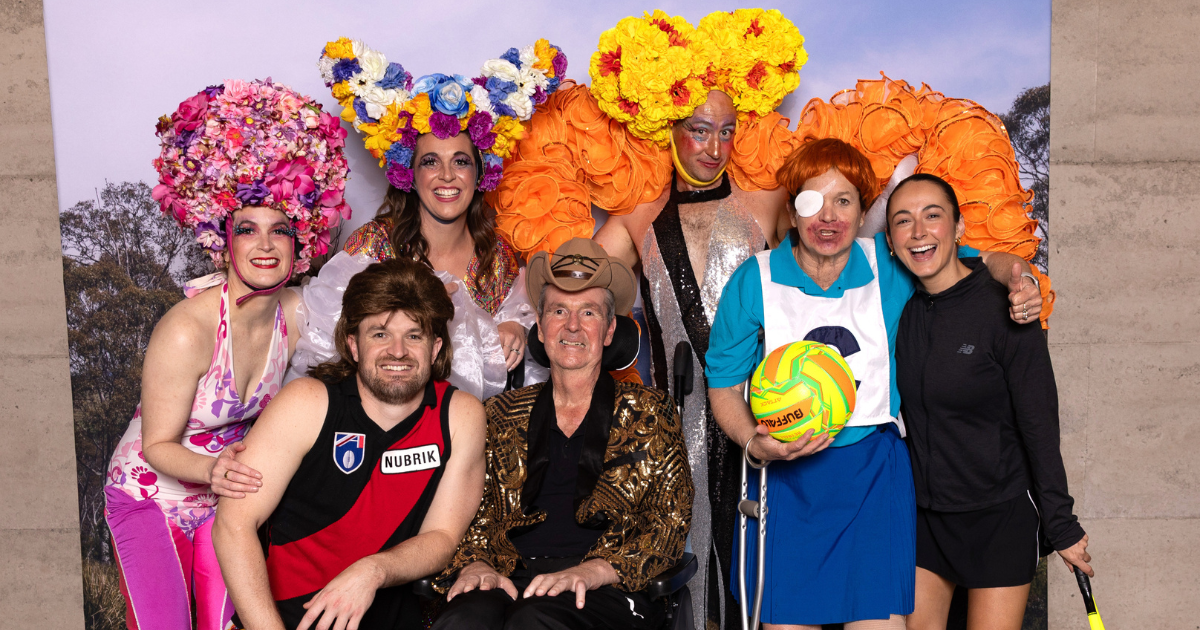Shire plays through on soccer strategy

According to the draft G21 Regional Football (Soccer) Strategy, there are presently 5,600 soccer participants in the region - 2,300 more than in 2015. Photo: UNSPLASH
THE Surf Coast Shire council has noted the release of the draft version of the latest G21 Regional Football (Soccer) Strategy, which will chart a path for the world game locally over the next 10 years.
The new strategy takes into account the latest Football Victoria and Football Australia strategic frameworks, and focuses on key areas such as female football, facilities and Infrastructure, the Fair Access Policy, club and game development, and other critical factors across the soccer community across the G21 region.
According to the strategy, there are presently 5,600 soccer participants in the G21 region – 2,300 more than in 2015.
The strategy lists six key priorities:
- Delivery of the Armstrong Creek West Active Open Space including Sub-Regional Football Facility
- Improved quality of existing football pitches
- Improved quality of all gender change rooms for players and referees
- More training and support for the recruitment, development and retention of coaches, referees and volunteers
- Greater access to indoor facilities for futsal, and
- Greater promotion and delivery of programs to support all ages, genders, abilities and cultures.
In the Surf Coast Shire, there is one football pitch for every 11,610 people.
The strategy indentifes the top three infrastructure priorities as:
- Support opportunities for increased participation in football, and if demand exists, consider options to activate existing recreation reserves for new clubs within Surf Coast Shire
- Provide and/or facilitate access to existing indoor facilities to support increased participation in futsal, and
- Support regional advocacy for the Armstrong Creek West Active Open Space Sub-Regional Football Facility.
Speaking at last month’s council meeting, Cr Kate Gazzard said it was an exciting strategy that would reduce the risk of gender inequity in football and futsal, and reduce stagnation of ongoing growth in the sport across the G21 region.
“Excitingly, the strategy reports a 114 per cent increase in female particpation in female soccer – my British husband calls it football, but soccer for us – and 25 per cent of all participants are female with an aim to get to 50 per cent, for gender equity.
“We know that female footballers are paid less, promoted less, and receive less public interest than their male counterparts, but in the FIFA Women’s World Cup, records are being broken – 117,000 spectators attended the first two games on Thursday in Auckland and Sydney.
“I think the notion that men’s sports are better, faster and more interesting is incorrect, and it’s really exciting to see more female participation in sports.”
The strategy has been put on public exhibition for a six-week period.
To read it, head to the Surf Coast Shire’s website.

















